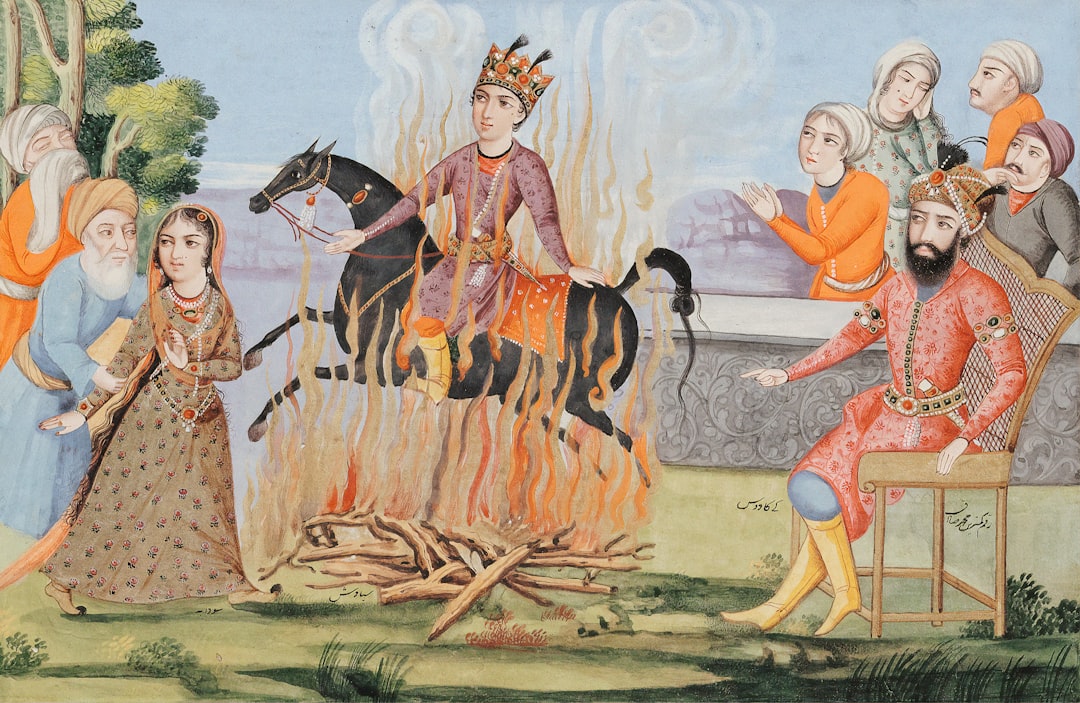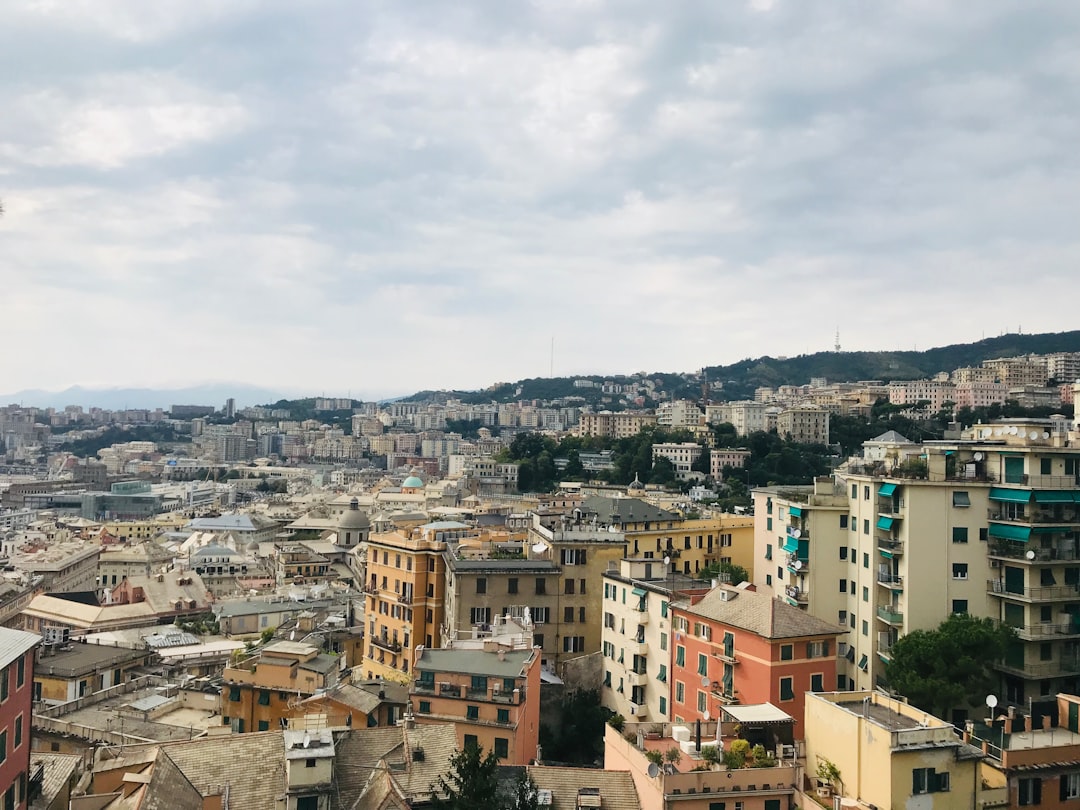Classical Persian literature stands as one of the world’s most enduring and influential literary traditions. Spanning roughly from the 9th to the 15th centuries, this golden age of Persian writing produced works that continue to captivate readers with their beauty, wisdom, and emotional depth. Rooted in the cultural and linguistic landscape of the Persian-speaking world—encompassing modern-day Iran, Afghanistan, Tajikistan, and parts of Central Asia—this literary tradition reflects a unique blend of pre-Islamic heritage and the transformative influence of Islamic civilization. From epic poetry to mystical verses and philosophical prose, classical Persian literature offers a window into the human experience that transcends time and place.
The Rise of Persian Literature
The emergence of classical Persian literature is closely tied to the revival of Persian identity after the Arab conquest of the 7th century. While Arabic became the dominant language of religion and scholarship in the Islamic world, Persian reemerged as a literary medium under the Samanid dynasty (819–999 CE), which fostered a renaissance of Persian culture in eastern Iran. The adoption of the Arabic script for Persian, enriched with new vocabulary and concepts from Islam, gave rise to a vibrant literary language known as New Persian (Farsi).
One of the earliest masterpieces of this era is the Shahnameh (The Book of Kings), composed by Abolqasem Ferdowsi around 1010 CE. This monumental epic poem, stretching over 50,000 couplets, chronicles the mythical and historical past of Iran from the creation of the world to the Islamic conquest. Ferdowsi’s work is not only a literary triumph but also a cultural monument, preserving Persian language and identity at a time when they faced erosion. The Shahnameh remains a cornerstone of Persian literature, celebrated for its vivid storytelling and profound moral insights.
The Flourishing of Poetry
Poetry is the beating heart of classical Persian literature, and its greatest practitioners elevated the form to an art of unparalleled elegance. Among them, Jalaluddin Rumi (1207–1273) stands out as a towering figure. A Sufi mystic and poet, Rumi’s works—most notably the Masnavi and the Divan-e Shams—explore themes of love, divine unity, and spiritual awakening. His verses, often infused with metaphor and music, transcend religious and cultural boundaries, earning him a global following that persists to this day. Lines like “Beyond the ideas of wrongdoing and rightdoing, there is a field. I’ll meet you there” resonate with readers seeking universal truths.
Another luminary is Omar Khayyam (1048–1131), whose Rubaiyat—a collection of quatrains—blends skepticism, hedonism, and existential reflection. Translated into English by Edward FitzGerald in the 19th century, Khayyam’s poetry gained worldwide fame, with lines such as “The Moving Finger writes; and, having writ, Moves on” capturing the fleeting nature of life. While Khayyam was also a mathematician and astronomer, his poetic legacy endures as a testament to the Persian talent for weaving philosophy into art.
Hafez (1315–1390), often called the “Tongue of the Invisible,” brought a different flavor to Persian poetry. His Divan is a lyrical masterpiece, rich with ambiguity and layered meanings. Hafez’s verses dance between earthly love and divine devotion, inviting readers to interpret them through their own experiences. In Iran, his poetry is so revered that many households keep a copy of his Divan alongside the Quran, consulting it for guidance in a practice known as fal-e Hafez (Hafez divination).
Prose and Didactic Works
While poetry dominates classical Persian literature, prose also played a significant role, often serving as a vehicle for moral and philosophical teachings. Saadi of Shiraz (1210–1291) excelled in this domain with his twin masterpieces, the Bustan (The Orchard) and the Golestan (The Rose Garden). The Bustan, written in verse, offers ethical reflections through poetic narratives, while the Golestan, a blend of prose and poetry, presents witty anecdotes and aphorisms. Saadi’s famous line, “Human beings are members of a whole, In creation of one essence and soul,” reflects his humanist outlook, a theme that echoes across his works.
Another notable prose work is Nezami Ganjavi’s Khamsa (Quintet), a collection of five narrative poems from the 12th century. Nezami’s storytelling prowess shines in tales like Layla and Majnun, a tragic romance that has inspired countless adaptations across cultures. His intricate imagery and psychological depth mark him as a pioneer of narrative poetry.
Themes and Influence
Classical Persian literature is distinguished by its exploration of universal themes: love, fate, mortality, and the quest for meaning. Whether through the heroic exploits of the Shahnameh, the mystical fervor of Rumi, or the tender irony of Hafez, these works grapple with the complexities of existence. The Sufi tradition, with its emphasis on inner transformation, deeply influenced many Persian writers, infusing their creations with spiritual resonance.
The impact of this literature extends far beyond the Persian-speaking world. Through translations and cultural exchanges, Persian poets and their ideas shaped medieval European literature, Ottoman poetry, and even modern Western thought. Today, Rumi’s poetry tops bestseller lists in the United States, while Hafez and Khayyam remain beloved figures in global literary circles.
Conclusion
Classical Persian literature is a treasure trove of human expression, blending artistry with profound insight. Its poets and writers crafted a legacy that not only defined a civilization but also spoke to the shared aspirations of humanity. As we read their words today, centuries later, we find a timeless mirror reflecting our own joys, sorrows, and searches for truth. In an age of rapid change, the enduring voice of Persian literary masters reminds us of the power of language to connect past and present, East and West, heart and soul.





